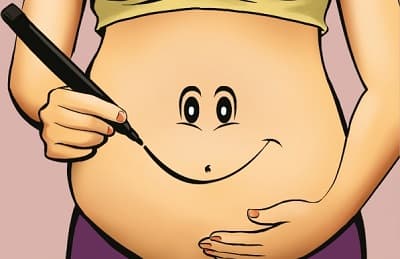Момент истины. Почему мы ошибаемся, когда все поставлено на карту, и что с этим делать? - Сайен Бейлок (2010)
-
Год:2010
-
Название:Момент истины. Почему мы ошибаемся, когда все поставлено на карту, и что с этим делать?
-
Автор:
-
Жанр:
-
Оригинал:Английский
-
Язык:Русский
-
Перевел:Михаил Попов
-
Издательство:Манн, Иванов и Фербер (МИФ)
-
Страниц:160
-
ISBN:978-5-00057-724-0
-
Рейтинг:
-
Ваша оценка:
Момент истины. Почему мы ошибаемся, когда все поставлено на карту, и что с этим делать? - Сайен Бейлок читать онлайн бесплатно полную версию книги
184. Beilock S. L., Afremow J. A., Rabe A. L., Carr T. H., ‘Don’t miss!’ The debilitating effects of suppressive imagery on golf putting performance // Journal of Sport and Exercise Psychology, 2001. Vol. 23. Pp. 200–221.
185. Bakker F. C., Oudejans R. R. D., Binsch O., van der Kamp J. Penalty shooting and gaze behavior: Unwanted effects of the wish not to miss // International Journal of Sport Psychology, 2006. Vol. 37. Pp. 265–280.
186. Kirschbaum C., Pirke K. M., Hellhammer D. H. The ‘Trier Social Stress Test’ — a tool for investigating psychobiological stress responses in a laboratory setting // Neuropsychobiology, 1993. Vol. 28. Pp. 76–81.
187. Fiocco A. J., Joober R., Lupien S. J. Education modulates cortisol reactivity to the Trier Social Stress Test in middle-aged adults // Psychoneuroendocrinology, 2007. Vol. 32. Pp. 1158–1163.
188. Ditzen B. et al. Adult attachment and social support interact to reduce psychological but not cortisol responses to stress // Journal of Psychosomatic Research, 2008. Vol. 64. No. 5. Pp. 479–486.
189. Kirschbaum C. et al. Sex-specific effects of social support on cortisol and subjective responses to acute psychological stress // Psychosomatic Medicine, 1995. Vol. 57. Pp. 23–31.
190. Дополнительно см.: Уэйнберг Р. С., Гоулд Д. Основы психологии спорта и физической культуры. Учебник для студентов, преподавателей, работников физической культуры. Киев : Олимпийская литература, 1998.
191. Klein K., Boals A. Expressive writing can increase working memory capacity // Journal of Experimental Psychology: General, 2001. Vol. 130. Pp. 520–533.
192. Wager T. D. et al. Brain mediators of cardiovascular responses to social threat: Part I: Reciprocal dorsal and ventral sub-regions of the medial prefrontal cortex and heart-rate reactivity // Neuroimage, 2009. Vol. 47. Pp. 821–835; Wager T. D. et al. Brain mediators of cardiovascular responses to social threat: Part II: Prefrontal-subcortical pathways and relationship with anxiety // Neuroimage, 2009. Vol. 47. Pp. 836–851.
193. Fear of sexual failure //
194. Дополнительно см.: Hedon F. Anxiety and erectile dysfunction: A global approach to ED enhances results and quality of life // International Journal of Impotence Research, 2003. Vol. 15. Pp. S16–S19.
195. Ochsner K., Gross J. Cognitive emotion regulation: Insights from social cognitive and affective neuroscience // Current Directions in Psychological Science, 2008. Vol. 17. Pp. 153–158.
196. Deater-Deckard K., Sewell M. D., Petrill S. A., Thompson L. A. Maternal working memory and reactive negativity in parenting // Psychological Science, 2010. Vol. 21. Pp. 75–79.
197. Monk C. S., McClure E. B., Nelson E. E. et al. Adolescent immaturity in attention related brain engagement to emotional facial expressions // NeuroImage, 2003. Vol. 20. Pp. 420–428. Общий обзор: Choudhury S., Blakemore S., Charman T. Social cognitive development during adolescence // Social, Cognitive, and Affective Neuroscience, 2006. Vol. 1. Pp. 165–174.
198. DeCaro M. S., Rotar K. E., Kendra M. S., Beilock S. L. Diagnosing and alleviating the impact of performance pressure on mathematical problem solving // Quarterly Journal of Experimental Psychology: Human Experimental Psychology, 2010.
Эпилог
199. Beilock S. L., Carr T. H., MacMahon C., Starkes J. L. When paying attention becomes counterproductive: Impact of divided versus skill-focused attention on novice and experienced performance of sensorimotor skills // Journal of Experimental Psychology: Applied, 2002. Vol. 8. Pp. 6–16.
 Поступай как женщина, думай как мужчина. Почему мужчины любят, но не женятся, и другие секреты сильного пола Стив Харви
Поступай как женщина, думай как мужчина. Почему мужчины любят, но не женятся, и другие секреты сильного пола Стив Харви
 Компаньон Кристина Гедони
Компаньон Кристина Гедони
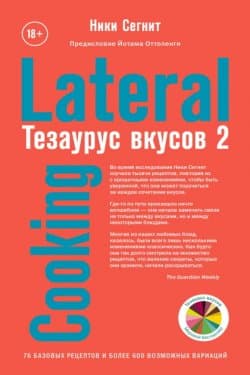 Тезаурус вкусов 2. Lateral Cooking Ники Сегнит
Тезаурус вкусов 2. Lateral Cooking Ники Сегнит
 Правила развития мозга вашего ребенка. Что нужно малышу от 0 до 5 лет, чтобы он вырос умным и счастливым Джон Медина
Правила развития мозга вашего ребенка. Что нужно малышу от 0 до 5 лет, чтобы он вырос умным и счастливым Джон Медина
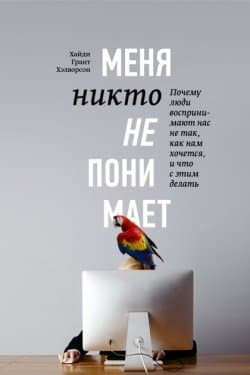 Меня никто не понимает! Почему люди воспринимают нас не так, как нам хочется, и что с этим делать Хайди Грант Хэлворсон
Меня никто не понимает! Почему люди воспринимают нас не так, как нам хочется, и что с этим делать Хайди Грант Хэлворсон
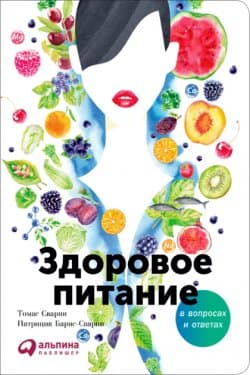 Здоровое питание в вопросах и ответах Патриция Барнс-Сварни, Томас Сварни
Здоровое питание в вопросах и ответах Патриция Барнс-Сварни, Томас Сварни
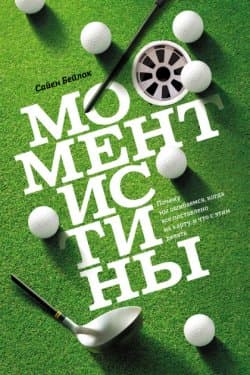
 Пир теней
Пир теней  Князь во все времена
Князь во все времена  Когда порвется нить
Когда порвется нить  Пока я здесь
Пока я здесь 


